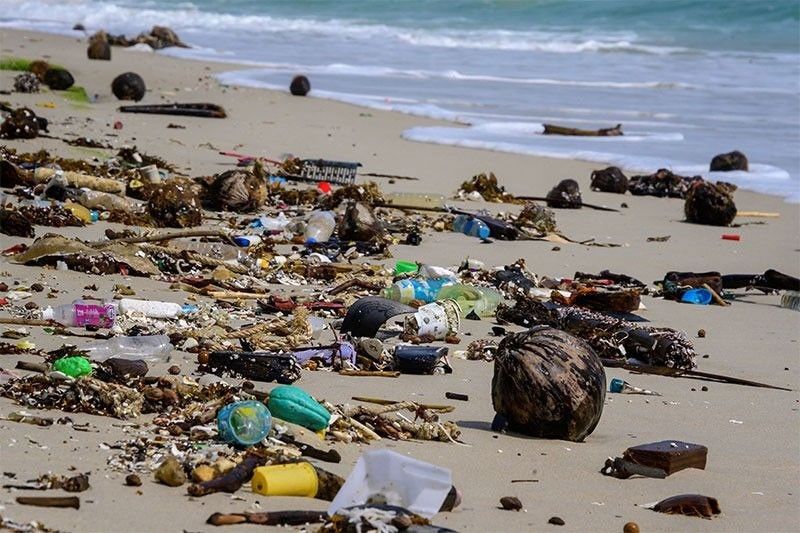Philippines among top e-waste producers in SEA

MANILA, Philippines — Electronic waste in the Philippines increased after the country generated 4.7 kilos per capita in 2022 from 3.9 kilos per capita in 2019, according to environmental group BAN Toxics.
The Philippines was also among the top e-waste producers in Southeast Asia, based on the Global e-Waste Monitor 2024 published by the United Nations.
“E-waste is a rapidly growing waste stream in the country. From 3.9 kilos per capita in 2019, 537 million kilograms of e-waste were produced in the Philippines, translating to 4.7 kg of e-waste per capita in 2022,” BAN Toxics research and policy development officer Jam Lorenzo said yesterday.
E-waste refers to discarded electrical and electronic equipment or end-of-life electronics.
The Basel Convention categorized e-waste as hazardous waste due to the presence of toxic materials such as mercury, lead and brominated flame retardants.
“E-waste is escalating at a pace five times faster than the rate of e-waste recycling, further sending a chilling effect,” Lorenzo said.
The primary types of e-waste in the Philippines are consumer electronics such as televisions, refrigerators, washing machines and mobile phones, he noted.
Technological advancements have accelerated the rate at which electronics are replaced and discarded, he said.
Trends in consumer products, shorter product life cycles and limited repair options also contributed to this, he added.
“We cannot afford to perpetuate this cycle of consumption, waste generation and recycling model in its current form,” Lorenzo asserted.
Growing quantities of electrical and electronic goods are being sold in developing countries, as well as equipment originally used in developed countries, he noted.
“The escalating volume and toxicity of e-waste make this issue urgent, as it can lead to significant environmental and health problems. Once discarded, these gadgets often end up in waste bins, are sold in junk shops, dismantled by informal waste collectors and ultimately find their way to dumpsites and landfills. The lack of proper e-waste disposal facilities and infrastructure poses a significant challenge, largely stemming from the absence of a national management framework for e-waste. This lack of a definitive national framework makes it difficult to implement effective policies. While overarching environmental laws may address e-waste, our regulations often lack enforceability,” he explained.
There is a need for legislation mandating Extended Producer Responsibility for electronics, holding manufacturers accountable for their products at end-of-life, Lorenzo said.
“EPR schemes will facilitate environmentally sound management, shifting the burden of end-of-life management from taxpayers to producers, consistent with the polluter pays principle and cost internalization,” he added.
- Latest
- Trending































